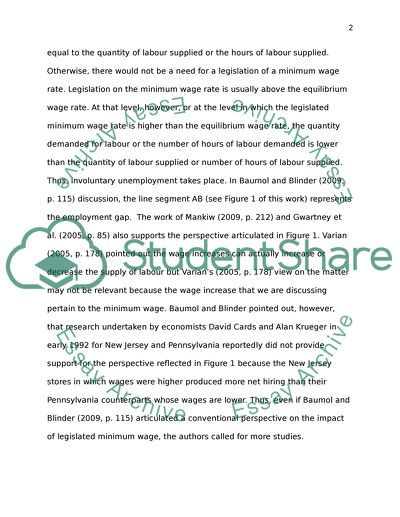Cite this document
(“Unemployment In UK and Effect of a Wage Increase Essay”, n.d.)
Unemployment In UK and Effect of a Wage Increase Essay. Retrieved from https://studentshare.org/macro-microeconomics/1446732-how-do-we-measure-the-unemployment-rate-in-the-uk
Unemployment In UK and Effect of a Wage Increase Essay. Retrieved from https://studentshare.org/macro-microeconomics/1446732-how-do-we-measure-the-unemployment-rate-in-the-uk
(Unemployment In UK and Effect of a Wage Increase Essay)
Unemployment In UK and Effect of a Wage Increase Essay. https://studentshare.org/macro-microeconomics/1446732-how-do-we-measure-the-unemployment-rate-in-the-uk.
Unemployment In UK and Effect of a Wage Increase Essay. https://studentshare.org/macro-microeconomics/1446732-how-do-we-measure-the-unemployment-rate-in-the-uk.
“Unemployment In UK and Effect of a Wage Increase Essay”, n.d. https://studentshare.org/macro-microeconomics/1446732-how-do-we-measure-the-unemployment-rate-in-the-uk.


